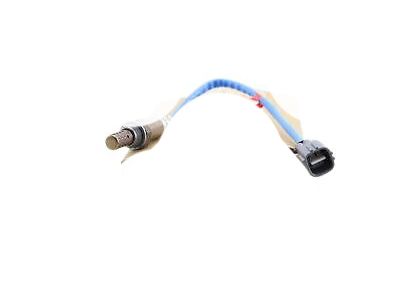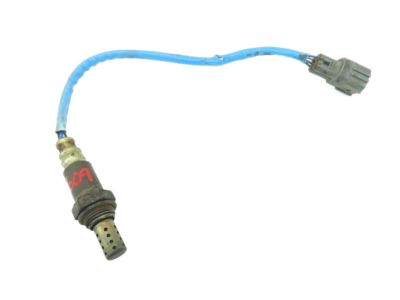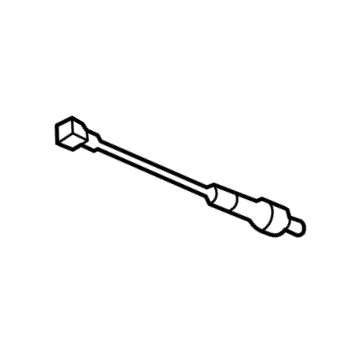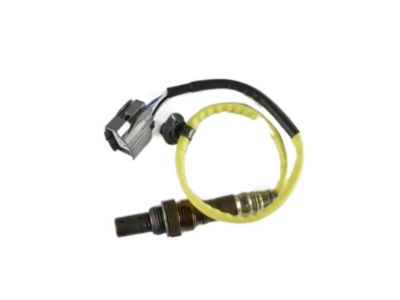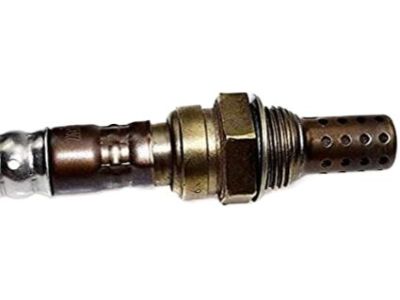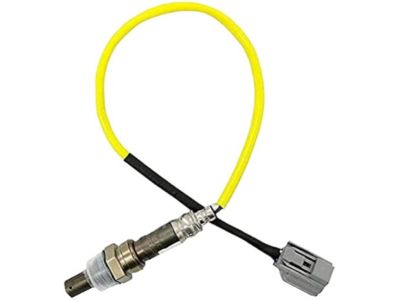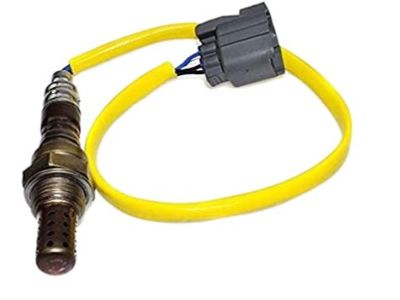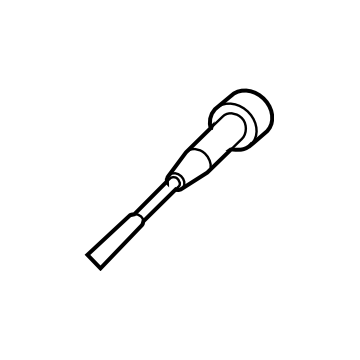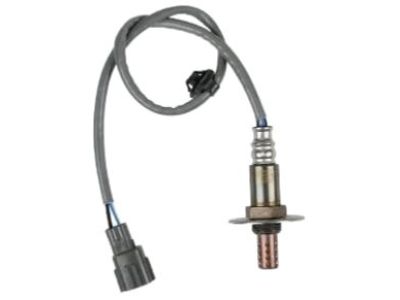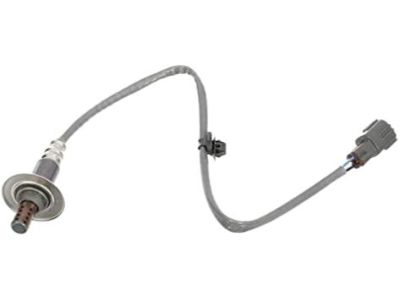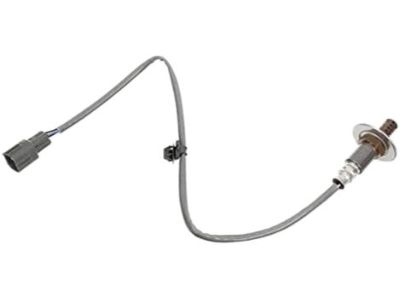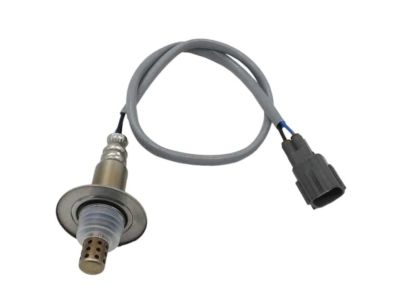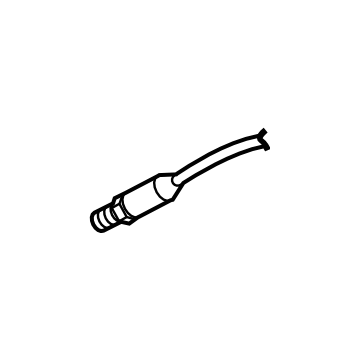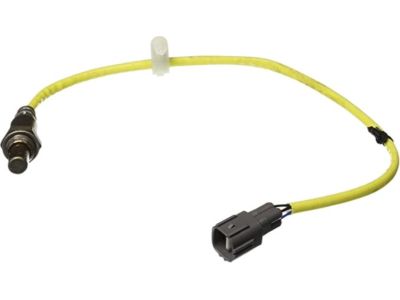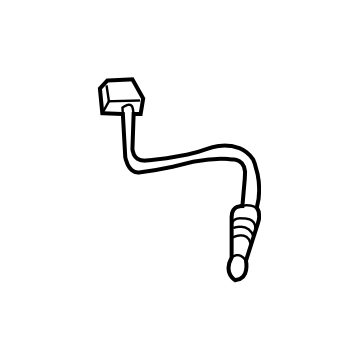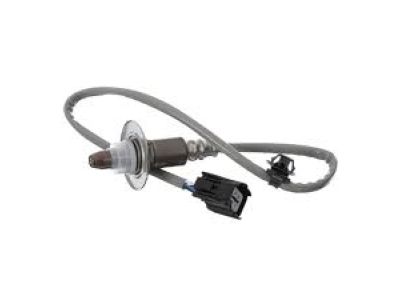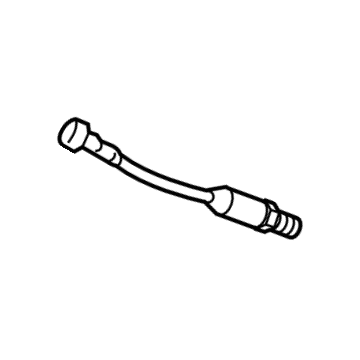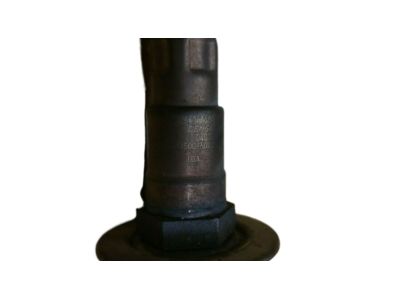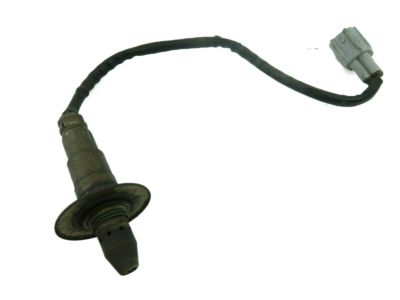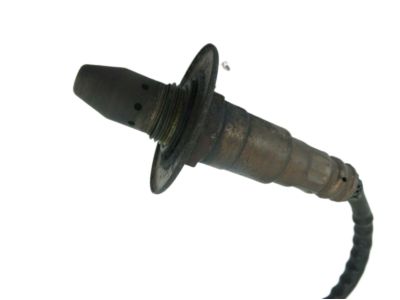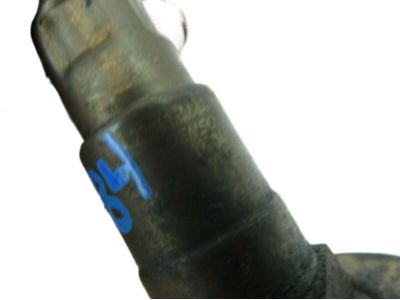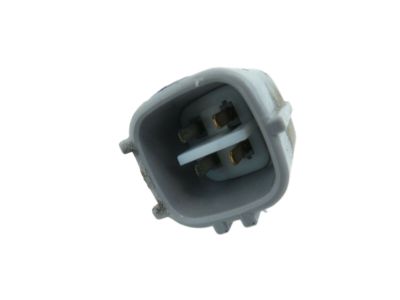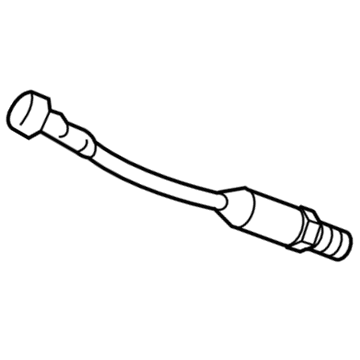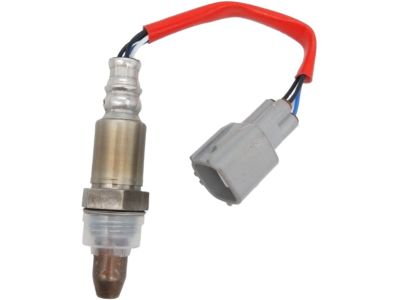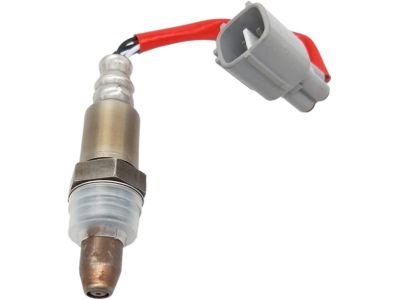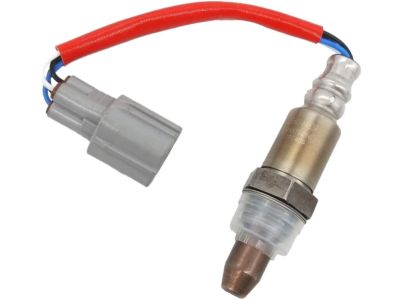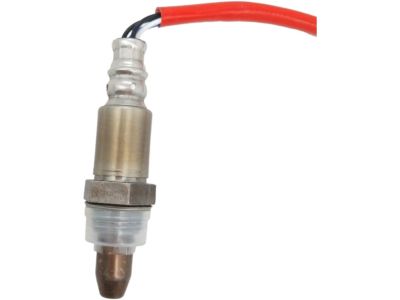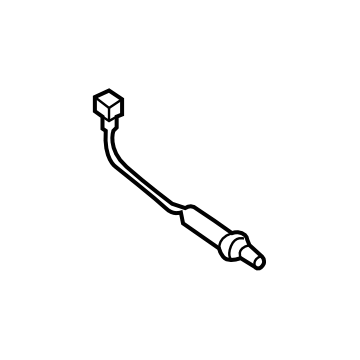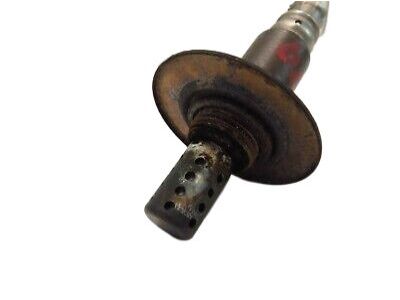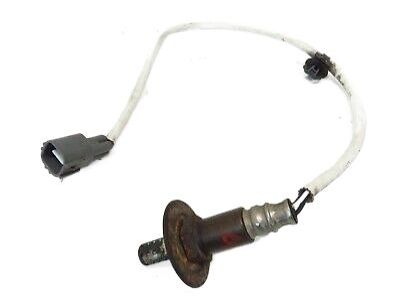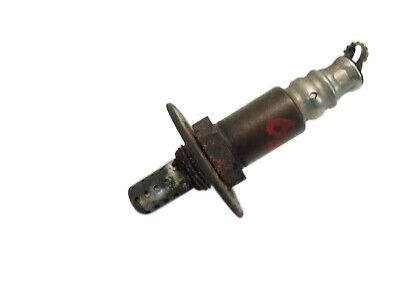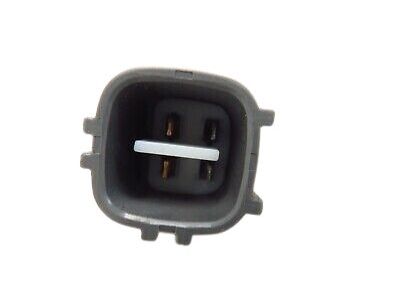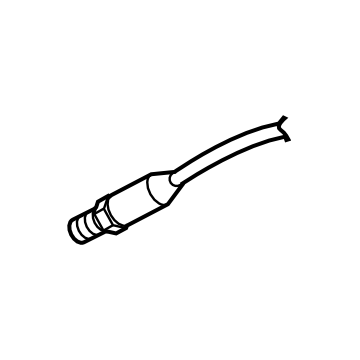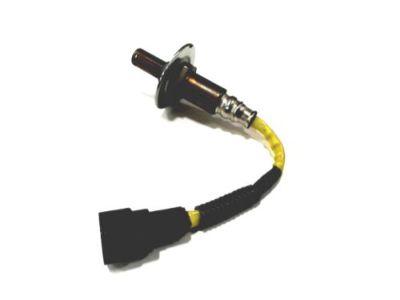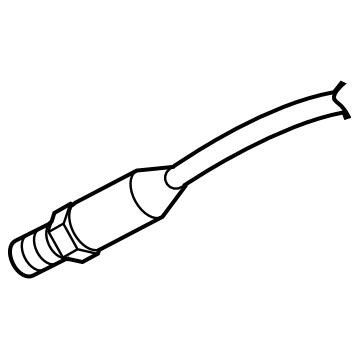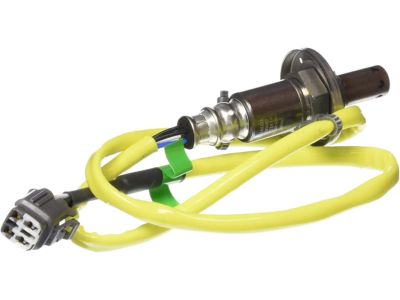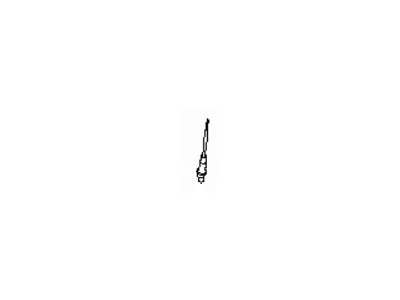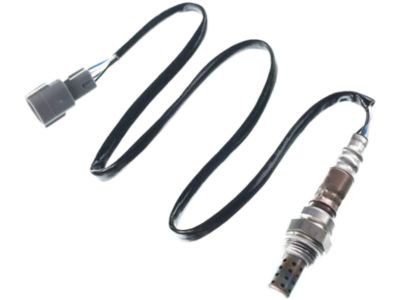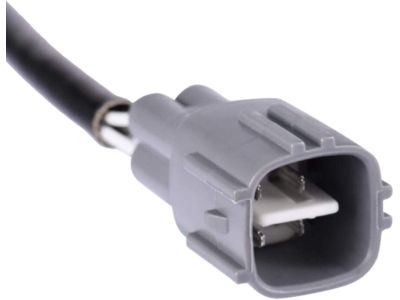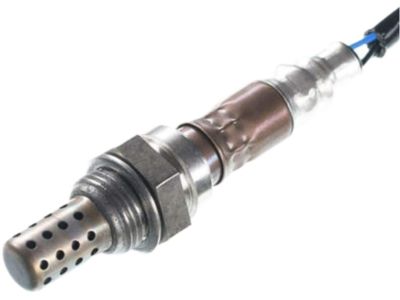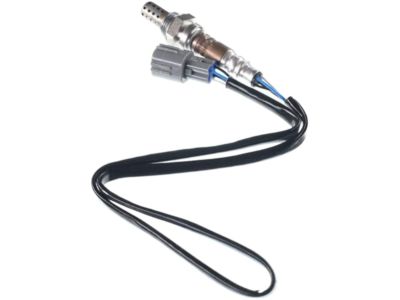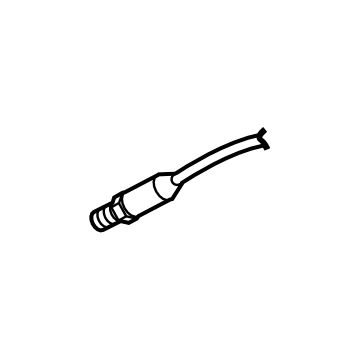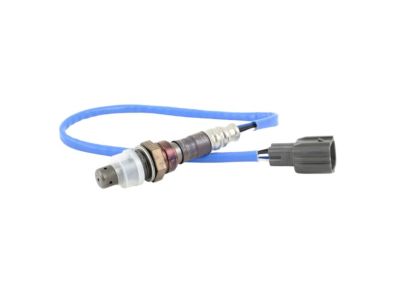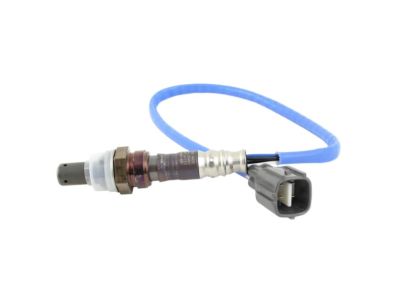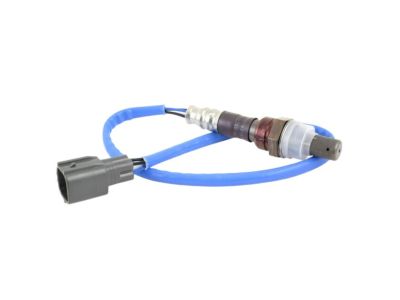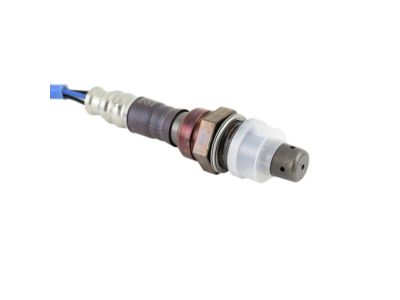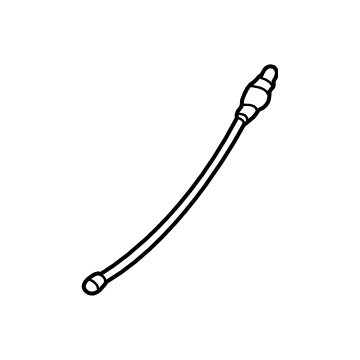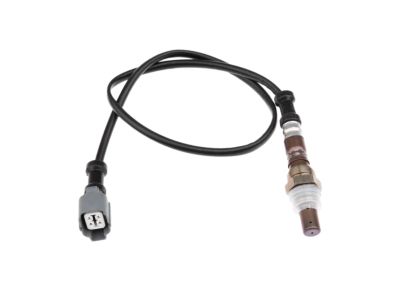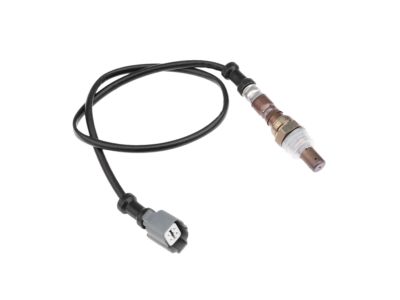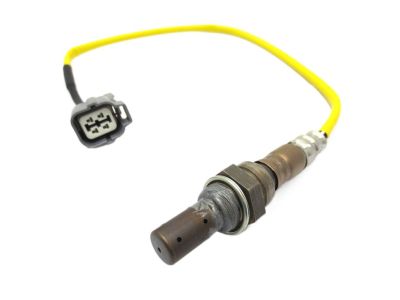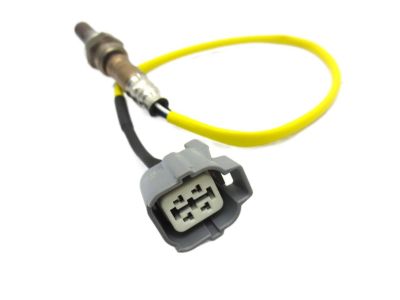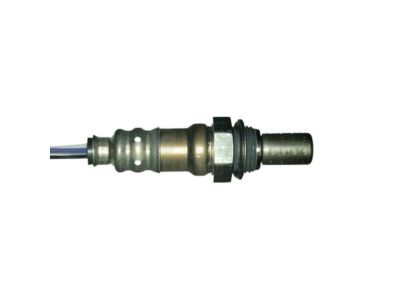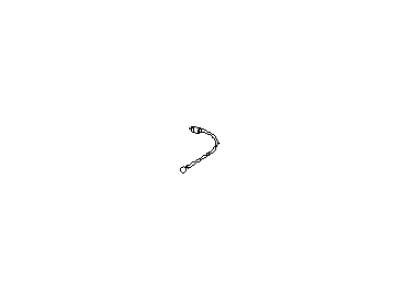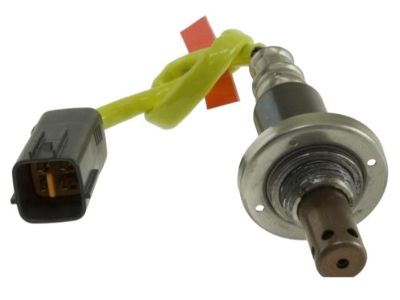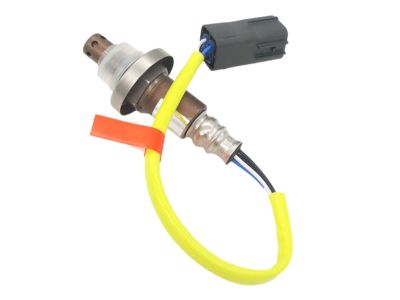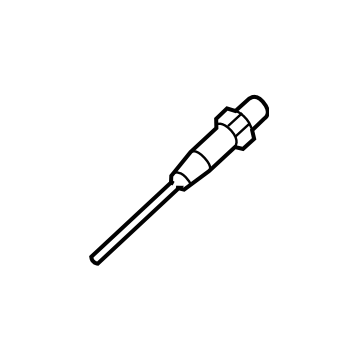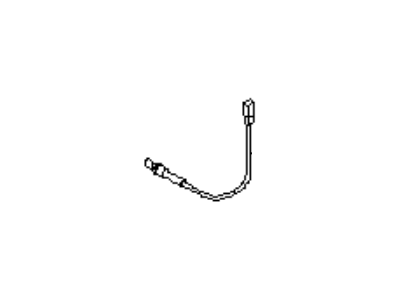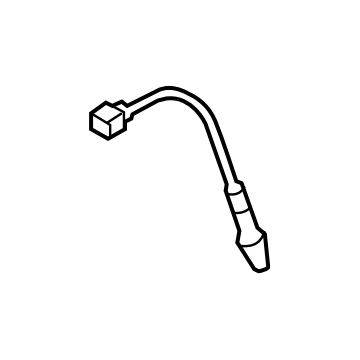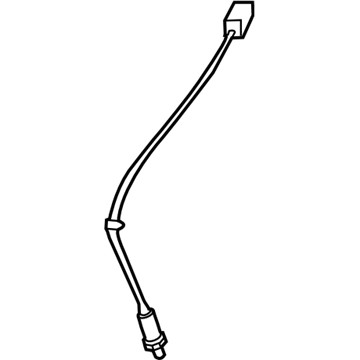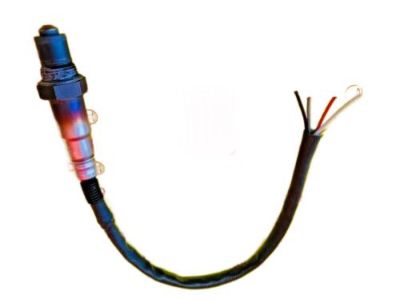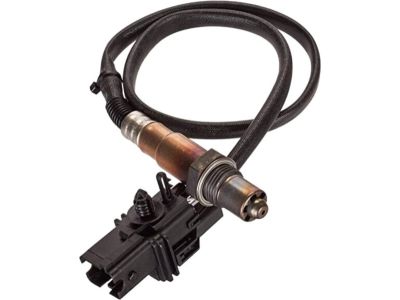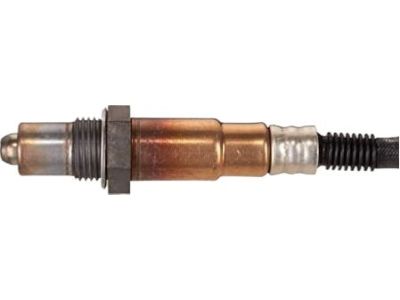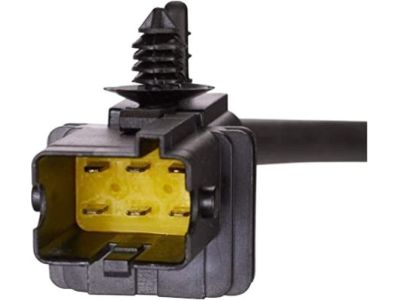×
- Hello
- Login or Register
- Quick Links
- Live Chat
- Track Order
- Parts Availability
- RMA
- Help Center
- Contact Us
- Shop for
- Subaru Parts
- Subaru Accessories


My Garage
My Account
Cart
Genuine Subaru Legacy Oxygen Sensor
Oxygen O2 Sensor- Select Vehicle by Model
- Select Vehicle by VIN
Select Vehicle by Model
orMake
Model
Year
Select Vehicle by VIN
For the most accurate results, select vehicle by your VIN (Vehicle Identification Number).
49 Oxygen Sensors found

Subaru Legacy Oxygen Sensor Assembly
Part Number: 22690AA68A$105.02 MSRP: $152.20You Save: $47.18 (31%)Ships in 1-3 Business Days
Subaru Legacy Oxygen Sensor Air Fuel Ratio Sensor
Part Number: 22641AA280$191.75 MSRP: $280.33You Save: $88.58 (32%)Ships in 1-2 Business Days
Subaru Legacy Oxygen Sensor Assembly
Part Number: 22690AA81A$116.64 MSRP: $169.05You Save: $52.41 (31%)Ships in 1-3 Business Days
Subaru Legacy Oxygen Sensor Assembly
Part Number: 22690AA520$192.66 MSRP: $281.67You Save: $89.01 (32%)Ships in 1-3 Business Days
Subaru Legacy Air Fuel Ratio Sensor Assembly
Part Number: 22641AA54A$147.03 MSRP: $214.95You Save: $67.92 (32%)Ships in 1-2 Business Days
Subaru Legacy Air Fuel Ratio Sensor Assembly
Part Number: 22641AA66A$150.83 MSRP: $220.52You Save: $69.69 (32%)Ships in 1-3 Business Days
Subaru Legacy Air Fuel Ratio Sensor Assembly
Part Number: 22641AA53A$151.30 MSRP: $221.20You Save: $69.90 (32%)Ships in 1-2 Business Days
Subaru Legacy Oxygen Sensor Assembly
Part Number: 22690AA93A$103.65 MSRP: $150.22You Save: $46.57 (31%)Ships in 1-2 Business Days
Subaru Legacy Oxygen Sensor Assembly
Part Number: 22690AA96A$133.37 MSRP: $193.28You Save: $59.91 (31%)Ships in 1-3 Business Days
Subaru Legacy Air Fuel Ratio Sensor Assembly
Part Number: 22641AA32A$144.07 MSRP: $210.63You Save: $66.56 (32%)Ships in 1-3 Business Days
Subaru Legacy Oxygen Sensor Assembly
Part Number: 22690AA56A$114.51 MSRP: $165.95You Save: $51.44 (31%)Ships in 1-2 Business Days
Subaru Legacy Air Fuel Ratio Sensor Assembly
Part Number: 22641AA03C$156.05 MSRP: $228.15You Save: $72.10 (32%)Ships in 1-2 Business Days
Subaru Legacy Air Fuel Ratio Sensor Assembly
Part Number: 22641AA140$191.75 MSRP: $280.33You Save: $88.58 (32%)Ships in 1 Business Day
Subaru Legacy Oxygen Sensor Assembly
Part Number: 22690AA43A$112.02 MSRP: $162.35You Save: $50.33 (31%)Ships in 1-3 Business Days
Subaru Legacy Air Fuel Ratio Sensor Assembly
Part Number: 22641AA42A$138.46 MSRP: $202.43You Save: $63.97 (32%)Ships in 1-2 Business DaysSubaru Legacy Air Fuel Ratio Sensor Assembly
Part Number: 22641AA15A$148.94 MSRP: $217.75You Save: $68.81 (32%)Ships in 1-3 Business DaysSubaru Legacy Air Fuel Ratio Sensor Assembly
Part Number: 22641AA13B$159.75 MSRP: $233.55You Save: $73.80 (32%)Ships in 1-2 Business DaysSubaru Legacy Oxygen Sensor Assembly
Part Number: 22690AA69A$115.94 MSRP: $168.03You Save: $52.09 (31%)Ships in 1-3 Business DaysSubaru Legacy Oxygen Sensor Assembly
Part Number: 22690AA91A$102.91 MSRP: $149.15You Save: $46.24 (31%)Ships in 1-3 Business Days
| Page 1 of 3 |Next >
1-20 of 49 Results
Subaru Legacy Oxygen Sensor
Our website stands as the go-to online destination for OEM Subaru Legacy Oxygen Sensor. With complete lines of genuine Subaru Legacy Oxygen Sensor available at unbeatable market prices, we ensure top quality, reliability, and durability. Each part comes backed by the manufacturer's warranty, reinforcing your trust in our offerings.
Subaru Legacy Oxygen Sensor Parts Questions & Experts Answers
- Q: How to service an oxygen sensor on Subaru Legacy?A:In the process of oxygen sensor servicing, the pigtail and electrical connector that are permanently attached to it must be handled cautiously so as not to spoil them. Do not allow oil, dirt or any other foreign matter to touch the electrical connector or sensor; avoid using cleaning solvents. Do not drop or handle rough the sensor. The negative terminal cable should be disconnected, and the vehicle jacked up securely on jack stands in order to replace the sensor. In non-turbocharged models, behind flange between exhaust manifolds and front end of catalytic converter is where upstream oxygen sensor is located. This connector will usually be found at back of engine compartment traced along its harness by electrically wiring up with a sensor inside it that needs disconnection while removing unscrewing & taking out a connector.Similarly, remove this clip before unplugging it from whatever you are indicating and take away these clips from there.Do ensure that no anti-seize compound is applied on threads if installing old one.In turbocharged models however, the upstream oxygen sensor can be seen on the right exhaust manifold itself. Separate an electrical connector and detach clips holding-sensor harnesses. As for a right-front wheel, remove it together with service hole cover in wheel housing splash shield.The oxygen sensor screws out and comes off from right exhaust manifold.For location of downstream catalytic converter you'll find downstream oxygen sensors.The respective harnessed for such sensors are traceable through their connectors which may also require removing and turning out among others.Finally undo this screw then take out any left over fragment involving catalytic converter after having unscrewed it earlier.Hence no antiseptic lubricant is necessary for application into these.
Related Subaru Legacy Parts
Browse by Year
2021 Oxygen Sensor 2020 Oxygen Sensor 2019 Oxygen Sensor 2018 Oxygen Sensor 2017 Oxygen Sensor 2016 Oxygen Sensor 2015 Oxygen Sensor 2014 Oxygen Sensor 2013 Oxygen Sensor 2012 Oxygen Sensor 2011 Oxygen Sensor 2010 Oxygen Sensor 2009 Oxygen Sensor 2008 Oxygen Sensor 2007 Oxygen Sensor 2006 Oxygen Sensor 2005 Oxygen Sensor 2004 Oxygen Sensor 2003 Oxygen Sensor 2002 Oxygen Sensor 2001 Oxygen Sensor 2000 Oxygen Sensor 1999 Oxygen Sensor 1998 Oxygen Sensor 1997 Oxygen Sensor 1996 Oxygen Sensor 1995 Oxygen Sensor 1994 Oxygen Sensor 1993 Oxygen Sensor 1992 Oxygen Sensor 1991 Oxygen Sensor 1990 Oxygen Sensor
